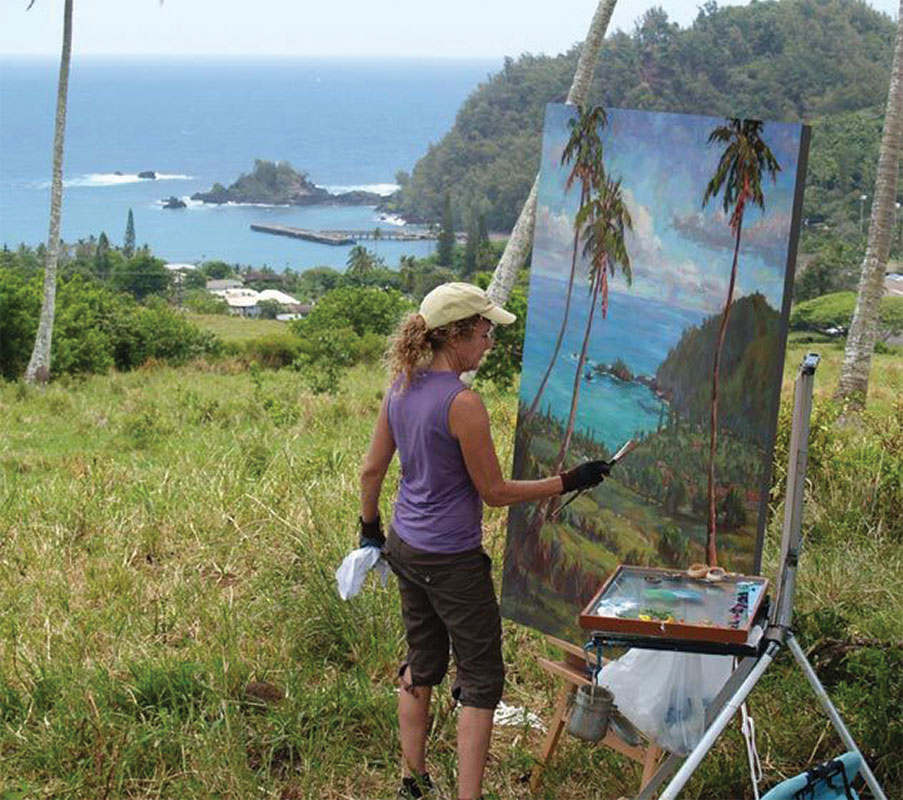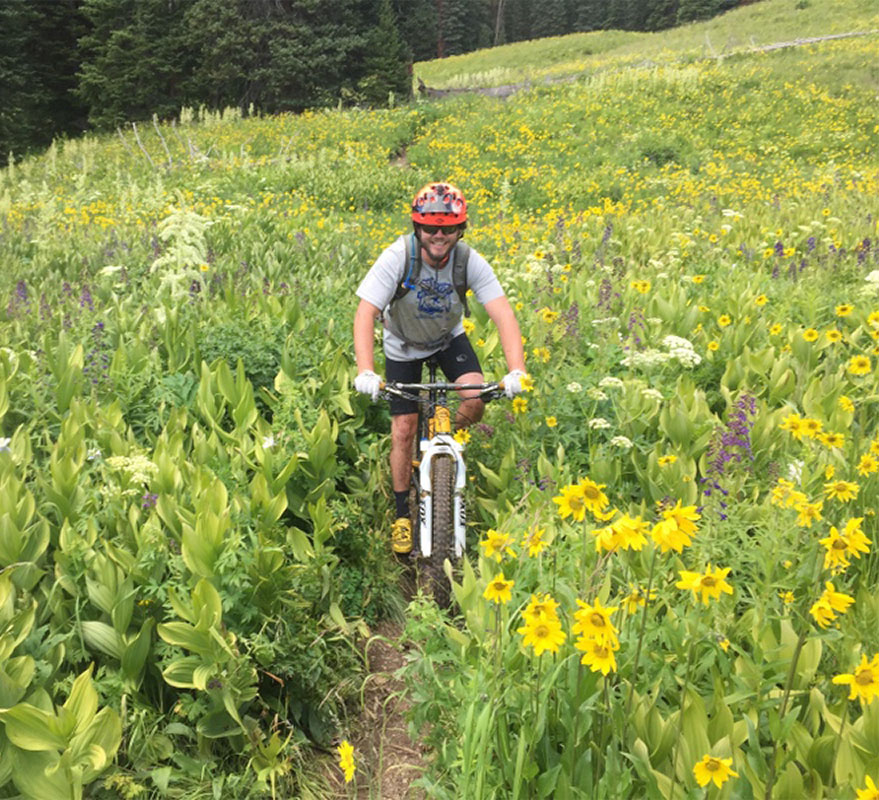

We can chart a beautiful path from illness to wellness. A path far more pleasant than hospitalisation. It’s a special setting in mind, body, spirit in which the rivers of imagination flow with lyrical joy, birds of expression sing songs melodious and moving, dewdrops of emotions sparkle like Alladin’s jewels, trees of love generously shower leaves of affection and soft petals of blessings. You might have already guessed it. Yes, it’s the way of the artist, the poet, the storyteller.
A recent study bears this out. In the premises of the Drexel University, US, candidates busily engaged themselves in making art. Imagine a room full of adults silently sketching, colouring, their creative juices astir. And at the end of the session? Lower levels of cortisol, the stress-inducing hormone.
Inner stillness
I don’t think it’s only the sketching per se but the intention and innocence that come with it. Unspoken is the sentiment, “I am here to have fun, not to compete or prove anything to anyone.” The mind wants to cooperate. And that’s huge. It does not resist. It becomes pliant, peaceful, silent, deeply absorbed in the activity. It’s fascinating to be all there as your hand describes a line that curves and straightens and coils according to what you wish to portray. The whole body participates by reaching a wonderful state of inner stillness, awaiting some beautiful outcome.
Your blood pressure becomes normal, heartbeats steady, hormones balanced, organs function at a comfortable pace. Along with holding the sketch pencil, you hold the reins to wholesome health, free from destructive thoughts and physical shortcomings.
The mind becomes patient, calm, focused. There is no intense effort. Since there is no unnecessary pressure, no trying too hard, something delicate and light and fresh opens inside. No surprise then that the participants unanimously described the sketching experience as “therapeutic, relaxing, thoughtful.”
The power of poetry
On the same lines, hospitals, prisons, rehabilitation centres across the USA are using poetry to calm fears and plant strength. As disturbances die, minds resurrect and bodies heal. “Poetry helps the distressed to relax, the stricken to recover and the psychotic to relate,’ says a new school of psychology. A poem grounds. Fear and rage don’t seem like daunting monsters, indecisiveness doesn’t feel like a weakness anymore.
There’s an easing, a sense of release as isolation dissipates. Surely, if poets could have the same feelings and boldly express them in print, I am not the only one to be so afflicted. Also, the metaphors in the poems pave and soften the way to understanding oneself and the circumstances. When a metaphor takes the feelings lurking inside me and places them outside as words, I can review them without the accompanying shame or smallness. In the new light, I can reframe them and feel the rawness in me heal; and let the power of my new understanding pull me out of the pits of self-pity. For, metaphors do not make me judge myself unkindly. With their charm, they compel me to listen to their message as I listen to the wind whistling through the windows or the invisible bird that coos and chants like a winged monk. And willy nilly, I let go that-which-is-holding-me-back and awaken to a new, awesome sense of aliveness.
Re-finding rhythm
Adverse to verse is a powerful idea that needs to be practiced. There’s a feeling that a large part of the pain is the effect of being out of rhythm with healing vibrations. Poetry re-establishes that lost rhythm to mind, body, spirit. In her book Coping with Cancer, Margaret Massie Simpson writes, “During chemotherapy treatments, I found that recitation of remembered poetry and the writing of my own poetry were powerful anaesthetisers.” She adds, “During each crisis over the past 15 years, I found in the writing of poetry a trancelike anaesthesia, relieving me from fear and confusion. There was no fear of the operation… only anticipation of removing the lump — the one barrier between me and health. Without fear, I did not develop many of the side difficulties such as nausea and pain experienced by many cancer patients.”
We may not know it, but health is itself a perfect poem, wordless, art in unceasing action. The Masters say that the origin of rhythm in music arose from the rhythm in human movements of cycling, walking, breathing while awake and breathing while asleep. Cycling? Yes. The action we perform as infants when all we can do is lie on our backs — air cycling if you will. Stationary cycling is its adult version.
Cycling enhances circulation
I know from personal experience that great waves of healing flow within and without when we cycle. Cycling stirs up energy in the environment filling it and cyclists with dynamic peace and bonhomie. Cycling enhances blood circulation to enrich with oxygen and revitalise every body cell. It recharges the circulation of the synovial fluid in every joint to ‘grease’ and make it smoothly flexible. Cycling nudges the aqueous fluid to bathe our eyes and improve our vision. Ah! It’s like infusing liquid balm, a powerful healing nectar through our entire system.
But when you cycle, bring to it a deep intent of inviting joy and wellness into you. See yourself as making health, making art through your movements for 30 minutes daily. And at the end of the cycling session, feel a sense of exhilaration, achievement, satisfaction as you would in painting a leaf and watching it come alive through the movements of your fingers. Similarly, feel your health growing and glowing each day through the movements of your feet. And say in delight, “I’ve done it!” Your brain records the delight. And once the mind accepts and gamely cooperates, the breakthrough is immense. For, as Dr Rudolph Ballentine writes in his book Radical Healing, “Exercise can provide the strategic wedge that will pry open a stubborn disease.” That’s tremendous!
The wonder moments
I think making art is the new track to mindfulness, the new way of praying, the new form of meditation. There’s silence and solitude and reverence and innocence and even a growing empathy with everybody and everything. When the Zen monk who chopped wood and watered plants daily sat and sketched a bamboo tree, he exclaimed, “O wonder of wonders! O bamboo tree! O water, o plants! O wonder of wonders!” This is what making art does — there’s less of ‘me’ and more of wonder. The less I am, the more I heal. Every day, wake up with the thought, “Today, I will make art.” And see how the day brightens and becomes a smiling, soothing companion.
The writers are authors of the book ‘Fitness for Life’ and teachers of the Fitness for Life programme.





